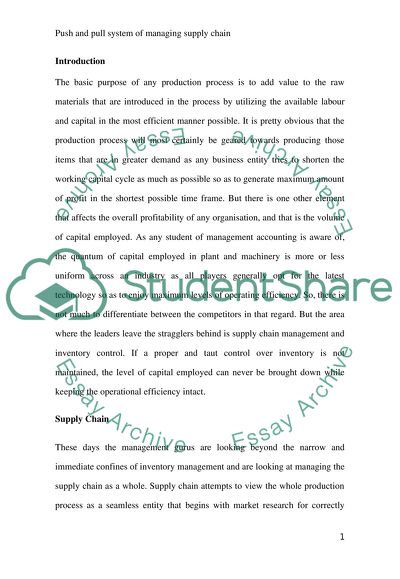Cite this document
(“Critically review so called push and pull system of control for supply Essay”, n.d.)
Retrieved from https://studentshare.org/miscellaneous/1556613-critically-review-so-called-push-and-pull-system-of-control-for-supply-chains-in-the-automotive-sectore
Retrieved from https://studentshare.org/miscellaneous/1556613-critically-review-so-called-push-and-pull-system-of-control-for-supply-chains-in-the-automotive-sectore
(Critically Review so Called Push and Pull System of Control for Supply Essay)
https://studentshare.org/miscellaneous/1556613-critically-review-so-called-push-and-pull-system-of-control-for-supply-chains-in-the-automotive-sectore.
https://studentshare.org/miscellaneous/1556613-critically-review-so-called-push-and-pull-system-of-control-for-supply-chains-in-the-automotive-sectore.
“Critically Review so Called Push and Pull System of Control for Supply Essay”, n.d. https://studentshare.org/miscellaneous/1556613-critically-review-so-called-push-and-pull-system-of-control-for-supply-chains-in-the-automotive-sectore.


